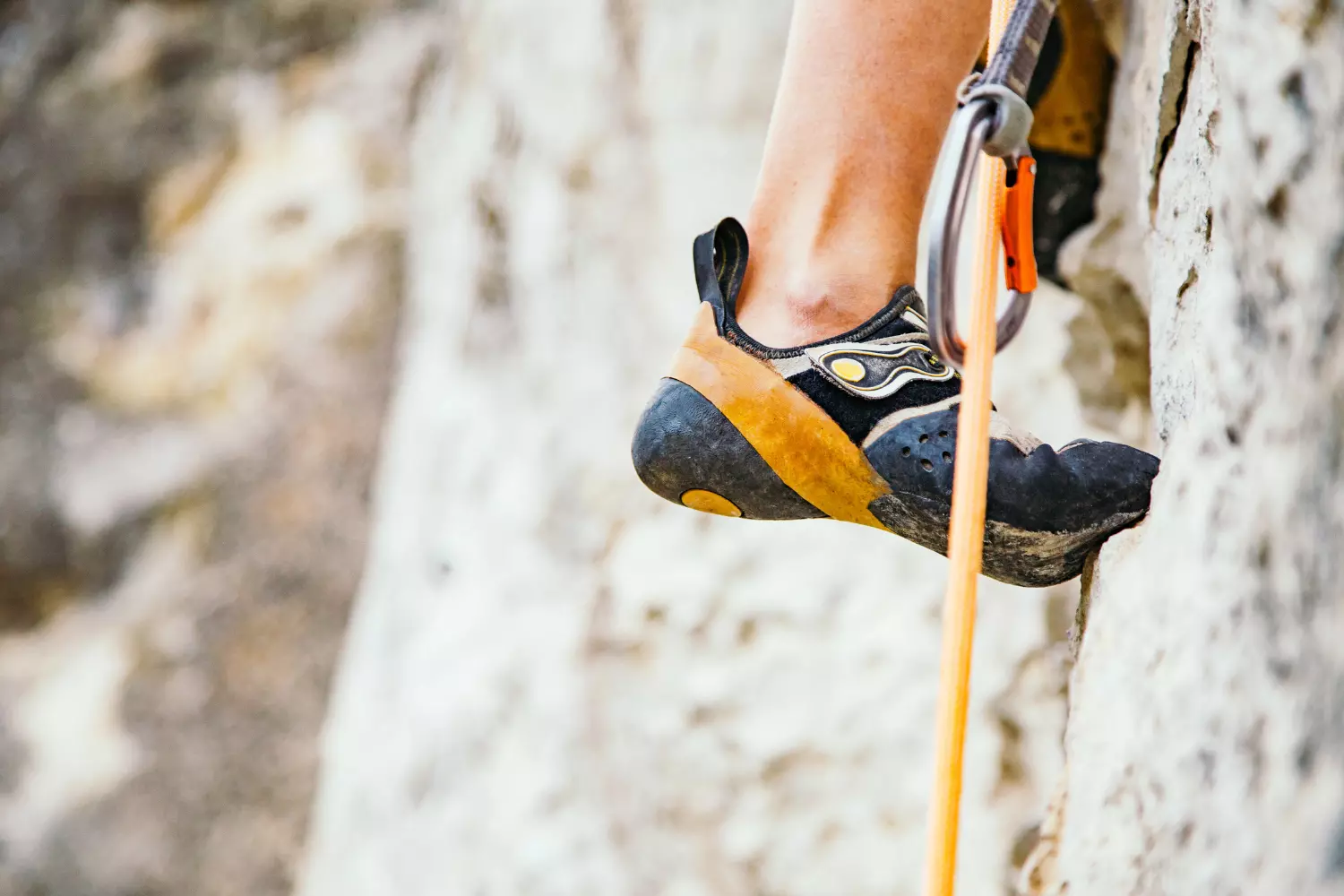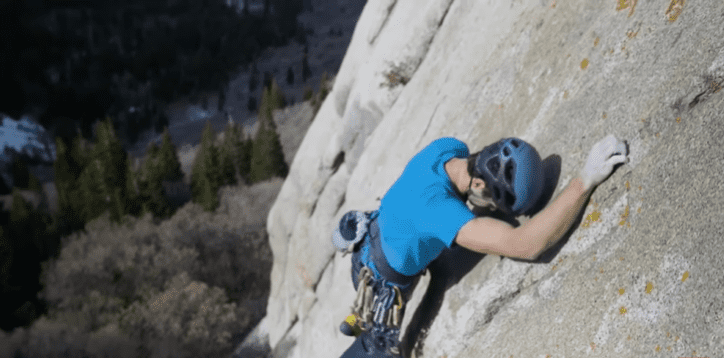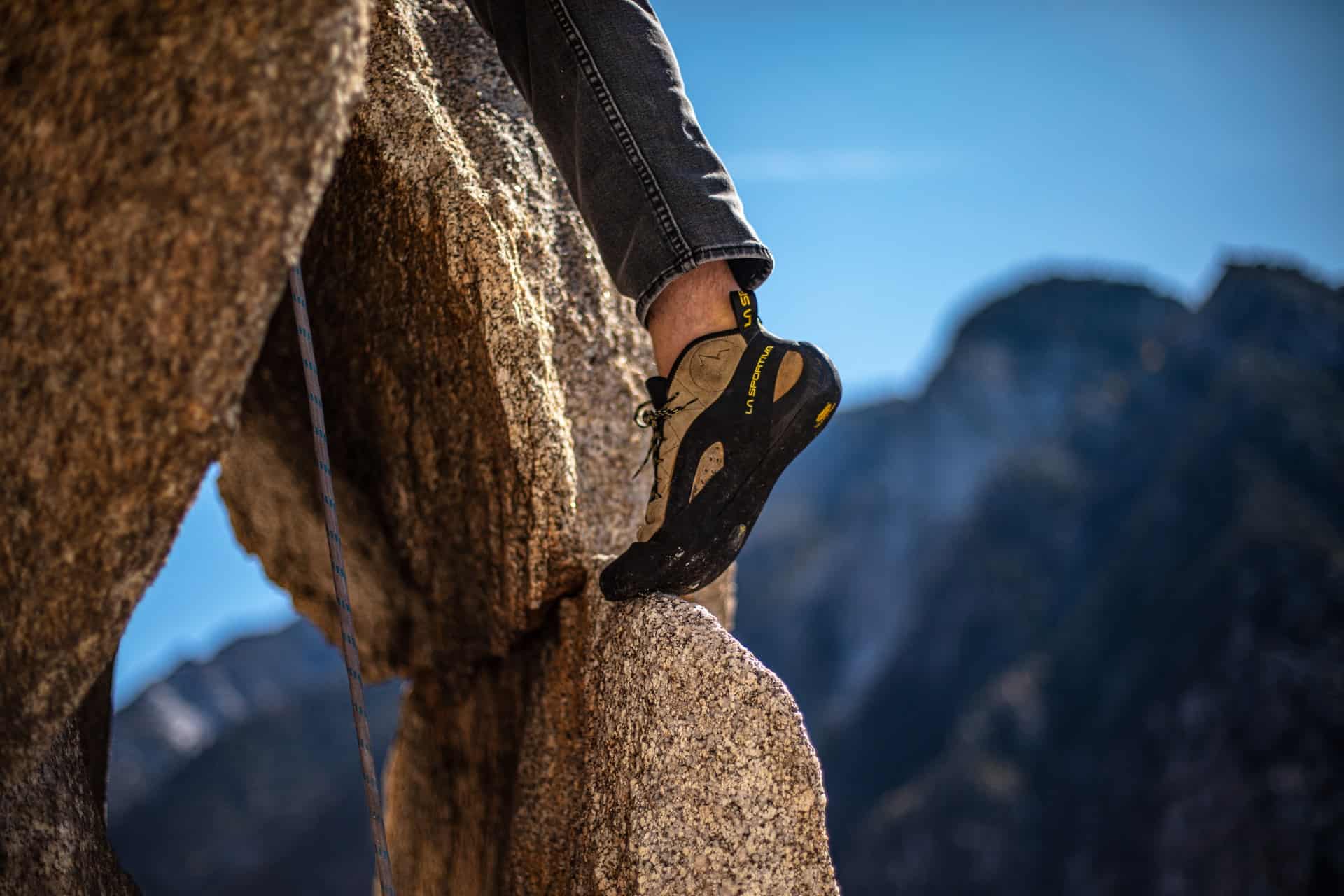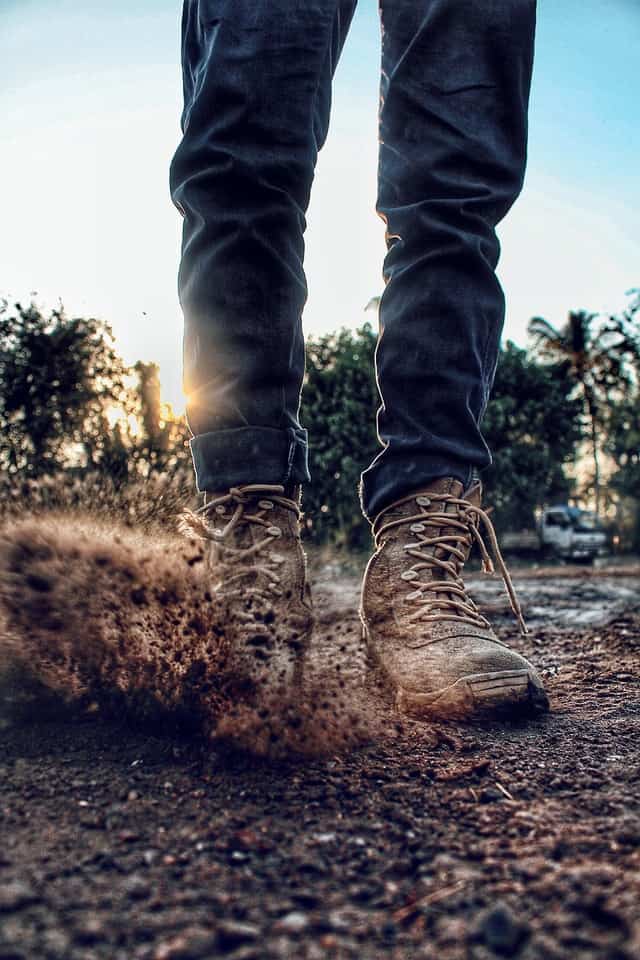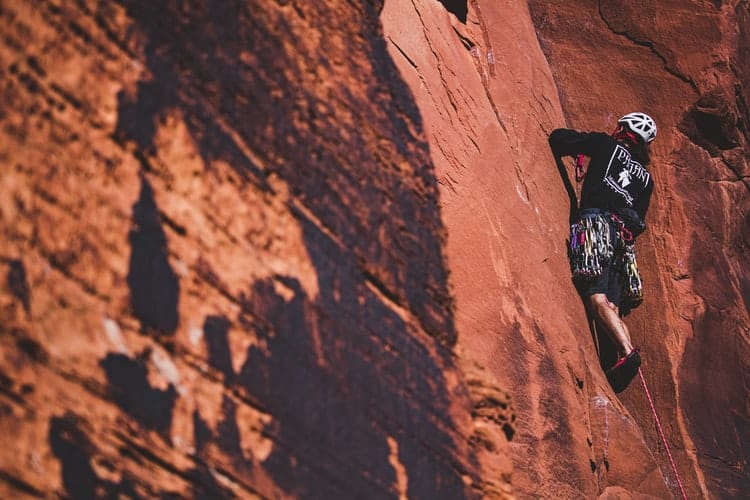In relation to the issue of aerobic training for climbers, several opinions diverge. On one side are those who consider it a boring waste of time. On the other, those who think that they should dedicate a part of their time to optimize health and performance. There are also those who do not take the time to dedicate themselves to it and those who spend so much time doing cardio that they do not progress climbing due to overtraining. This article covers the specifics of cardio training for climbers: options, benefits, and contraindications.
A few decades ago nobody questioned the importance of aerobic training. A good cardiovascular capacity was placed at the zenith of health. Today, trends give more prominence to strength training to achieve a balanced, self-sufficient, and healthy body
Climbing is increasingly considered a sport. Partly due to its presence in the next Olympics, and also due to the appearance of an increasingly athletic and circus indoor climbing.
Although there are still many climbers who do not consider themselves athletes, climbing is for fun, period. However, more and more decide to take their training seriously, seeking to improve their performance. Among the questions that arise is whether aerobic training is necessary for climbers. What is cardio used for in climbing training? Or does cardio training help chain the long routes?
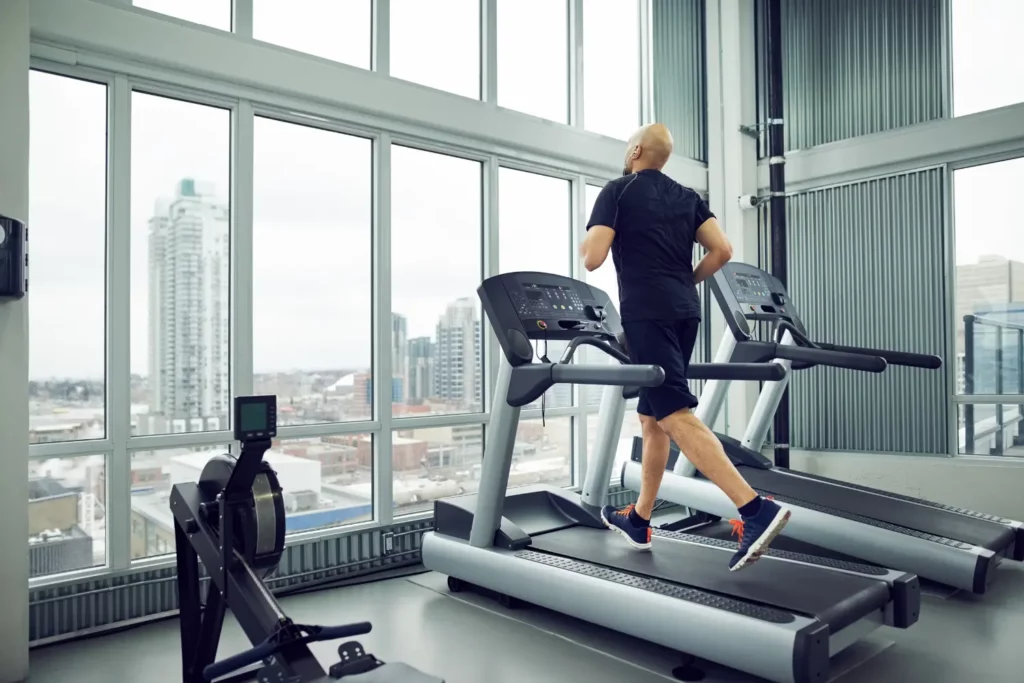
CLIMBING AS AN ANAEROBIC SPORT
Climbing’s classification as an anaerobic sport leads many climbers to dismiss aerobic training. However, this denomination of escalation is very simplistic.
The type of main energy substrate depends on the intensity and duration of the effort. Any sustained effort that exceeds two minutes will be fueled by the oxidative or aerobic system of energy production.
Furthermore, the aerobic system leads the recovery process. Whether while climbing, between attempts or exercises, or between climbing sessions or days, a good aerobic capacity will be decisive.
BENEFITS OF CARDIOVASCULAR TRAINING FOR CLIMBERS
Aerobic-type efforts are supplied with energy through the oxidative pathway. For this, they use carbohydrates, fats, or lactate.
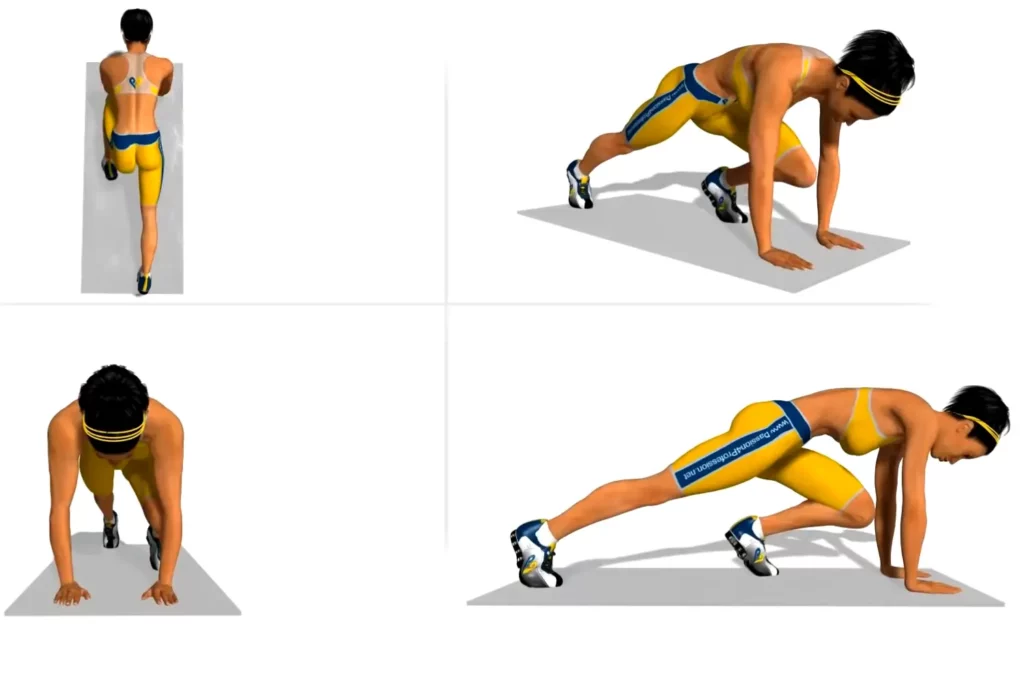
WHAT DOES SCIENCE SAY ABOUT AEROBIC CAPACITY TO CLIMB?
PHYSIOLOGY OF CLIMBING
Vanesa Espana, from the C-Hipper team, presented a study on physiological factors of climbing at the 5th Climbing Research Congress, carried out on a Treadwall (rotational wall). Among the data, it stands out how the general and local aerobic capacity of the finger flexors (FDP) influence the performance of the climber.
In addition, the deep digital flexor (DF) of the dominant hand tends to reoxygenate in less time than that of the non-dominant hand.
PERIPHERAL ADAPTATIONS TO AEROBIC TRAINING
This meta-analysis shows that the positive effects of performing cardio go beyond the muscles involved. Aside from reducing cardiovascular risk and improving mood, physiological adaptations could help you climb better. Apparently, while running, adaptations occur in the blood vessels of muscles not related to exercise, such as the forearms.
The greater constriction of these muscles acts doubly: On the one hand, sending greater blood flow to the active muscles. On the other hand, the increased blood flow to the skin is an adaptation to the heat produced by exercise. The result is endothelial adaptations. This will produce wider and more flexible capillaries, through which the blood can flow better.
These same adaptations also occur at the brain level, improving its function and preventing degenerative diseases.
The authors indicate that although variants remain to be studied, it seems quite clear that for such adaptations to occur, the exercise must involve large muscle groups.
AEROBIC DEMANDS OF CLIMBING
This 1995 study found little relationship between the maximal rate of oxygen uptake and climbing performance when compared to running. The methodological problem is that the proposed routes were not kept to their physical demands, nor were they long enough to obtain reliable results.
Another more current study has used a spinning wheel. This has managed to keep the climbing angle constant during the route. They also controlled the pace of the climber, increasing it progressively. The results were compared with another test performed on a cycle ergometer. The authors point out the importance of good aerobic fitness for climbing.
Climbing is a very complex sport. Each route has its particular aerobic demands. While the first study is probably better suited for rope climbing on rocks, the second seems more focused on competition; especially speed climbing.
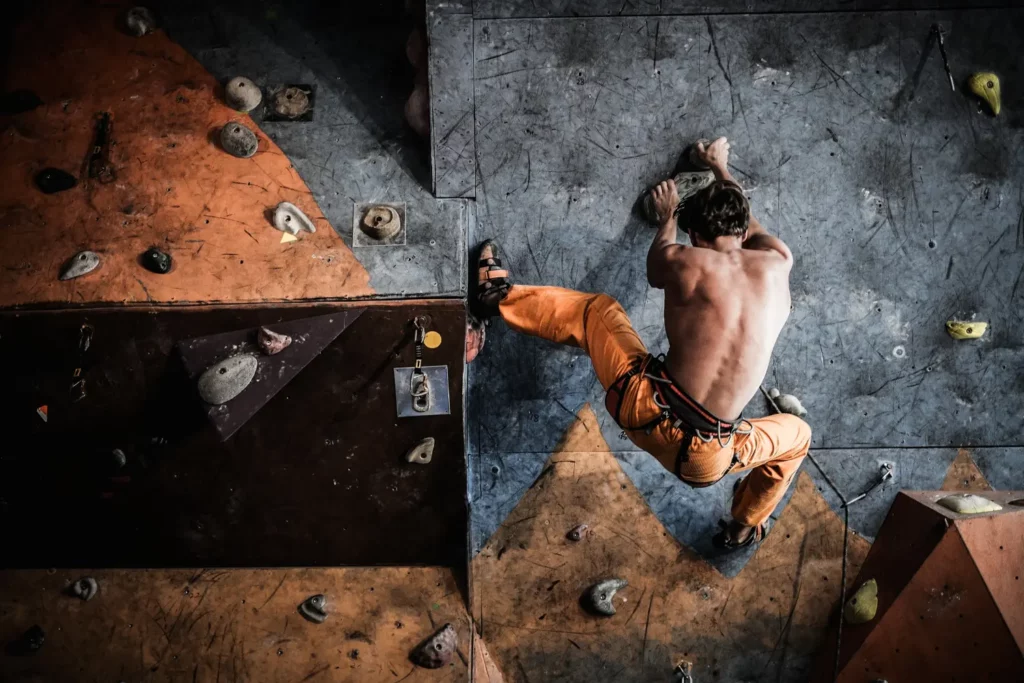
AEROBIC TRAINING ACCORDING TO THE TYPE OF CLIMBING
Obviously, bouldering or bouldering won’t require the same aerobic capacity as big walls or multi-pitch routes. But besides the type of climbing, the style will also influence. Generally, an overhanging and sustained climb of long routes will require a higher aerobic fitness than a shorter and/or vertical one.
But before saying ” how do I do block and short routes I don’t need to train cardio ”, wait a moment:
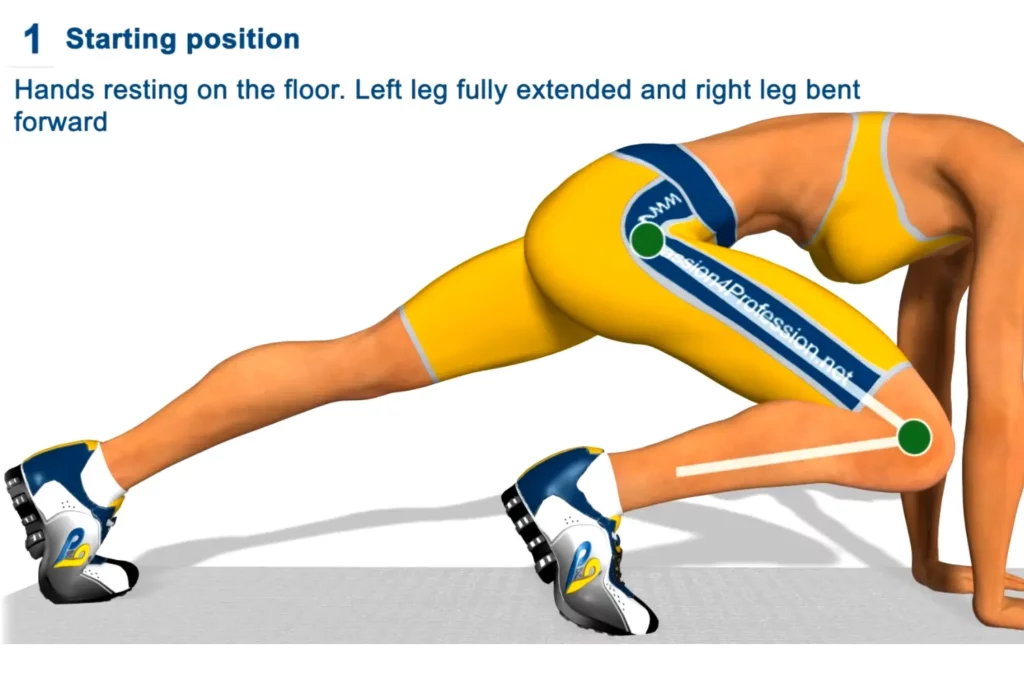
AEROBIC AND NEAT TRAINING FOR BODY RECOMPOSITION
In climbing, the climber’s struggle is primarily against the law of gravity. It is your weight that you must transfer, movement by movement, through the wall. The strength will be relative to it.
A low percentage of adipose tissue is essential if you want to perform. Especially climbing overhanging angles.
But muscle also weighs. Therefore, functional hypertrophy will be interesting. That is, mainly develop the necessary functional muscles so that you can transfer your body mass through movements. The rest should be the minimum that allows you to maintain a balanced body, away from injuries.
The calories consumed with climbing depend on each person, their level, type of climbing, environment, and diet,… The problem arises if you intend to optimize your body composition while increasing your performance. This can be very tricky, so it’s best to focus on one or the other.
A good idea is to resort to low-intensity cardio to increase caloric expenditure while interfering as little as possible with training. Even so, people with a lack of habit, or time, can find it difficult.
It is important not to give up climbing-specific training and to consume plenty of protein to maintain the core muscles used for climbing.
WHAT IS THE NEAT?
The NEAT or Non-exercise activity thermogenesis is the daily energy expenditure used in activities that are not considered physical exercise. That is, in your daily activities such as walking, cleaning the house, cycling to the climbing wall…
If what you are looking for is to lose weight, you cannot stop playing this card. Staying active throughout the day is more influential on your metabolism than the 2 hours you take out to train. And the best part is that it won’t cause fatigue that interferes with your climbing training.
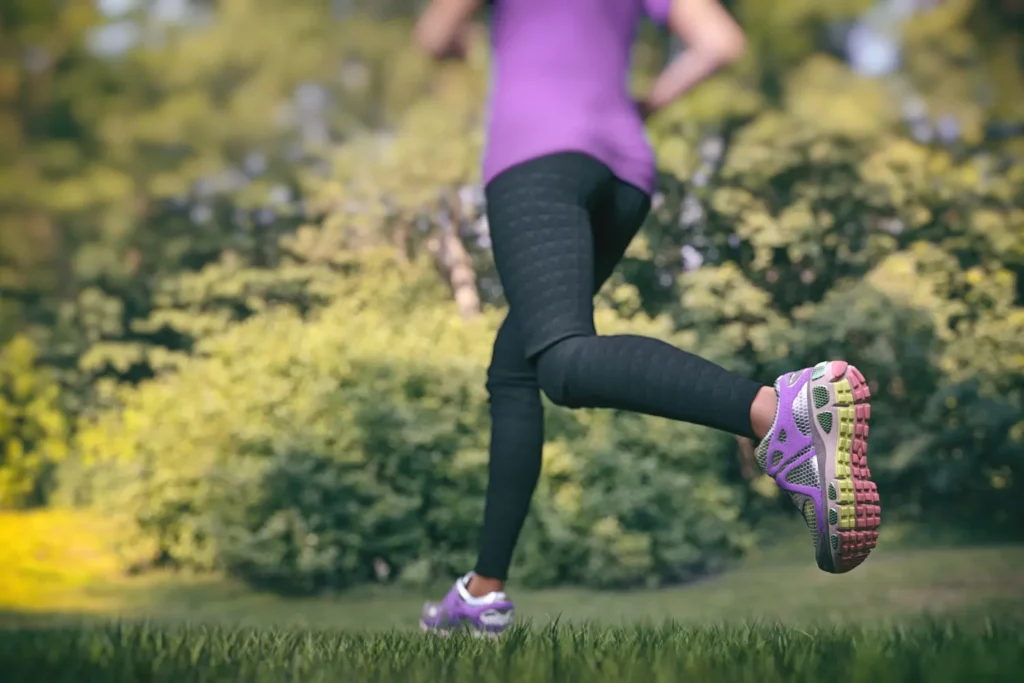
HOW MUCH CARDIO TO DO?
The answer will depend on your initial fitness, your goals as a climber, your commitment to training, and how much time you’ll be able to devote to it.
I also emphasize that if you don’t have much time to train, you will always get greater benefits from specific training. Devote most of your time and energy to it. Next would come to the work of mobility and compensation of the antagonistic muscles. Especially for sports and block climbers. For those who are more alpine, perhaps that physical condition is just as or more important.

WHEN TO DO CARDIO TO AVOID INTERFERENCE WITH TRAINING
Studies indicate that an aerobic type workout immediately after a strength workout will negatively interfere with the adaptations of the former.
If you are an intermediate climber, it is not an issue that you should worry too much about. But if you’ve been training for many years now, and you’re trying to reach your full potential by mastering all the variations, then you should keep that in mind.
The solution would be to separate both types of sessions for as long as possible and perform cardio at a low intensity. Another is to do cardio before strength, although it will surely negatively affect the results of the latter.
TYPES OF CARDIO TRAINING
CONTINUOUS AEROBIC TRAINING
On the one hand, there is the cardio of a lifetime. It is continuous aerobic training. An example is racing at a constant pace, whether running, on the treadmill, or cycling,… Regarding the intensity, it will depend on your goals:
Another alternative is climbing many easy routes with hardly any rest between them. Long days of climbing are a great way to develop work and aerobic capacities. The pity is that most people can do them, hopefully, once or twice a week.
HIIT OR HIGH-INTENSITY INTERVAL TRAINING
I already published an article about HIIT type training and its benefits. It is based on interspersing moments of high intensity with brief periods of recovery. In intense moments you must give 100%. Their adaptations combine anaerobic and aerobic capacity. Those short rest periods will force your body to optimize recovery between intense efforts.
You have different options:
You can also do sets swimming or running. In this case, the methodology is the same. Alternating sprints from 30 seconds to 1 minute, with intervals of walking or light jogging for another minute. You can do 5 series, leaving 5 minutes of easy jogging both at the beginning and at the end.
In this sense, I love running through nature. Trail running gives you those changes of pace, in a random and more entertaining way.
FINAL WORDS
Climbing encompasses many different types of profiles. From those addicted to physical training to the lazy ones who only go to sectors where they can park at the foot of the road. Those who dedicate themselves exclusively to climbing, or those who have to fight hellish work schedules and family obligations just to be able to get some time out of the climbing wall.
Obviously, aerobic capacity training brings health and performance benefits. It will improve your mood, your cardiovascular and mitochondrial health, and work capacity. You will be able to climb more by recovering better.
However, training must be adapted to the time of the season. At first, it will help you get a good physical base. But as the season progresses, it is best to introduce more specific work, extracting the general.
It will also depend on each climber. If you hardly have time to train, prioritize specific training and the climb itself. Next, if sport climbing or bouldering is your goal, place antagonist or mobility training. If your goal is long routes and alpine climbing, you will need to maintain constant aerobic work throughout the season.
It’s good to have a good cardiovascular foundation, but it shouldn’t hurt the adaptations you’re aiming for with training. You can monitor your HRV and vital variants to make sure you’re not going overboard with the load. A personalized trainer can help you adapt the objectives and loads through planning.



